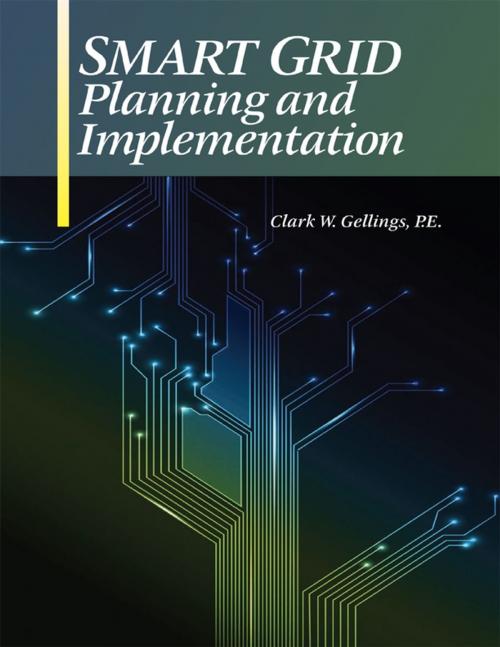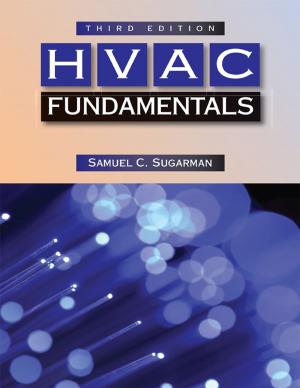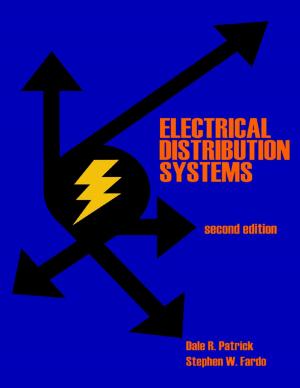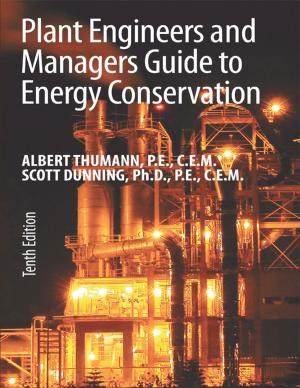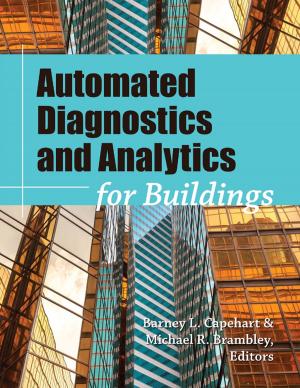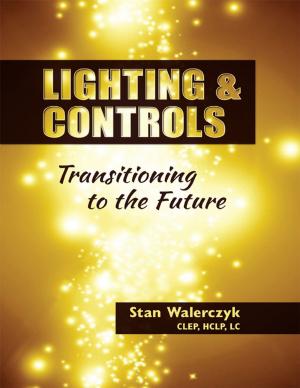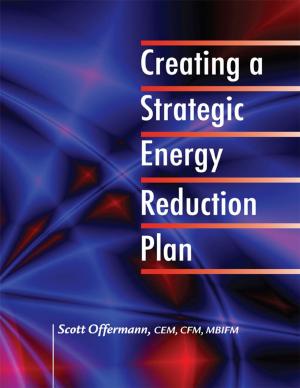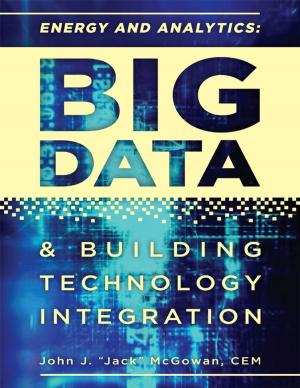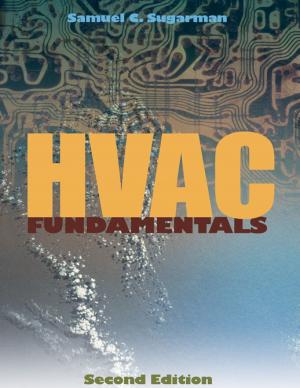| Author: | Clark W. Gellings, P.E. | ISBN: | 9780881737516 |
| Publisher: | The Fairmont Press, Inc. | Publication: | February 16, 2016 |
| Imprint: | The Fairmont Press, Inc. | Language: | English |
| Author: | Clark W. Gellings, P.E. |
| ISBN: | 9780881737516 |
| Publisher: | The Fairmont Press, Inc. |
| Publication: | February 16, 2016 |
| Imprint: | The Fairmont Press, Inc. |
| Language: | English |
This book describes the elements which must be considered in planning and implementing a "smart grid" electrical delivery system. The author outlines in clear terms how the grid can be modernized in such as way that it monitors, protects and automatically optimizes the operation of its interconnected elements - from the central and distributed generator through the high-voltage network and distribution system, to energy storage installations and to end-use consumers and their thermostats, electric vehicles, appliances and other household devices. Comprehensive in scope, the guide highlights emerging concepts of cyber and physical security, resiliency, and the newest architecture, "the integrated grid." Energy and utility professionals, power system planners, regulators, policy makers and others in the field will again a broader understanding of how a two-way flow of electricity and information can be used to create an automated, widely distributed energy delivery network.
This book describes the elements which must be considered in planning and implementing a "smart grid" electrical delivery system. The author outlines in clear terms how the grid can be modernized in such as way that it monitors, protects and automatically optimizes the operation of its interconnected elements - from the central and distributed generator through the high-voltage network and distribution system, to energy storage installations and to end-use consumers and their thermostats, electric vehicles, appliances and other household devices. Comprehensive in scope, the guide highlights emerging concepts of cyber and physical security, resiliency, and the newest architecture, "the integrated grid." Energy and utility professionals, power system planners, regulators, policy makers and others in the field will again a broader understanding of how a two-way flow of electricity and information can be used to create an automated, widely distributed energy delivery network.
